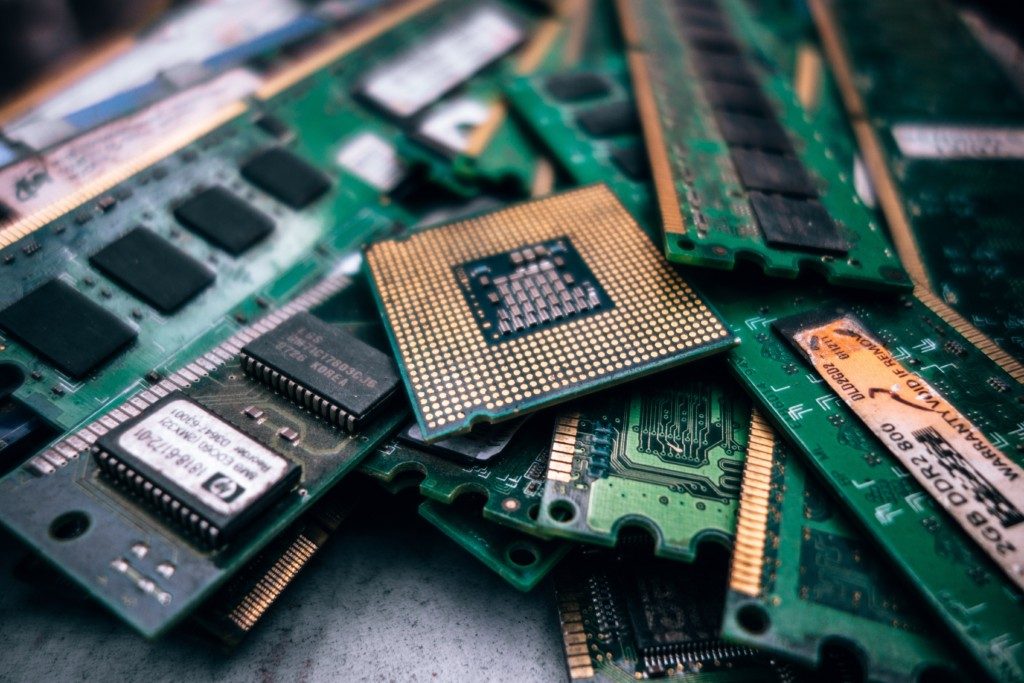IoT Device Management: Unique Challenges and How to Address Them

It is expected that there will be over 1.3 billion connected devices in 2019, and so the momentum around the Internet of Things (IoT) is only growing at a more rapid rate. From temperature sensors in remote locations to the office printers, everything in the modern work environment is waiting to be plugged into the internet. Of course, IoTs bring terrific benefits to the workplace, including productivity enhancements and unprecedented data collection, but they also come with extraordinary challenges.
Variety
The sheer variety of IoT devices at the workplace can be overwhelming to the IT department. The popularity of BYOD has not made it any easier on the overworked IT staff to manage the risks posed by these devices to enterprise security. From smartphones running a variety of operating systems to wearables to smart lighting systems, today’s mobile device management solutions must manage an endless array of devices.
While multiple mobility management solutions help the IT departments manage the most commonly used IoTs, they must implement additional measures to manage the devices that aren’t supported by these solutions. One of them is creating a subnet. IT department can deploy a layer of network that’s isolated from the primary enterprise network for connecting these devices.
Critical Devices
Although smartphones and tablets are important, what I am about to say will shock you, they are not mission-critical for the operation and processes of most enterprises. When they fail, either they disrupt the work of the individual and cause great inconveniences or are easily replaced so that there is no disruption to the workflow. On the other hand, devices like air quality monitors, smoke alarms, security devices, and so on are vital for the organization’s processes, and when they fail, it can cause substantial disruption to the entire organization. What’s more, their failure may go unnoticed for quite some time.
It’s essential that there is a good number of contingencies to manage such failures.
Data Management
In the case of mobility, the number of device deployments is limited by the number of people within the organization. An employee could only use so many devices. However, this is not the case with the large IoT revolution. There is no apparent limit to the device-to-human ratio, which means that an organization of a few dozen people could deploy millions of IoTs and collect data from these millions of data points. Forget utilizing that data, even storing it and processing is a challenge.
A new generation of big data technologies like Hadoop are making it possible for organizations to store and manage this data effectively. To get maximum benefit from this data, organizations must find ways to analyze the data in real-time and develop actionable insights from them.
The other side of data management would be how data heavy is the information that IoT sends back and over what network it travels. For cellular-enabled devices it is crucial to not only right size the plans, but also QA the wireless carrier for uptime and bandwidth.
From scalability to security to connectivity, IoT devices come with an abundance of challenges that even modern organizations are ill-equipped to handle. A capable mobility services provider can help them overcome these challenges effectively and allow them to maximize their benefit from their IoT strategy.